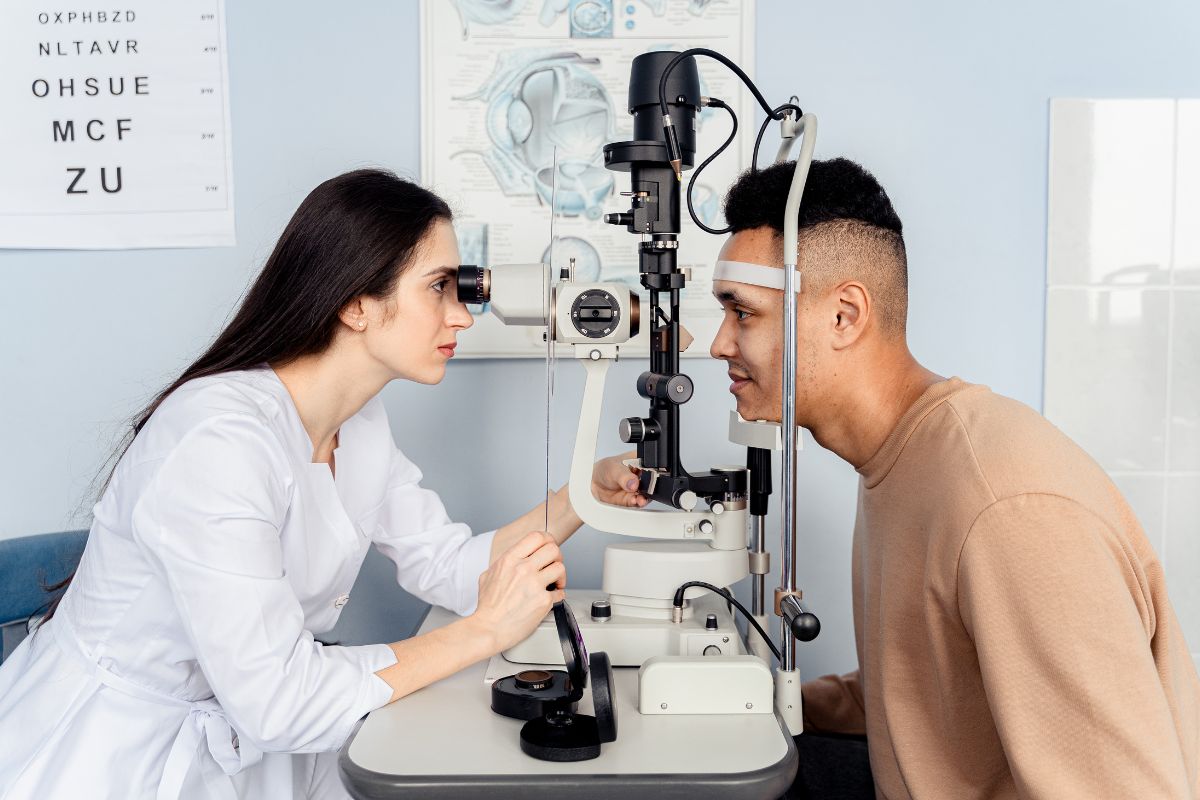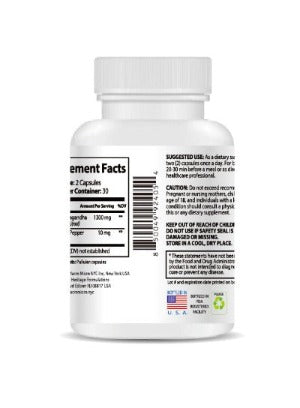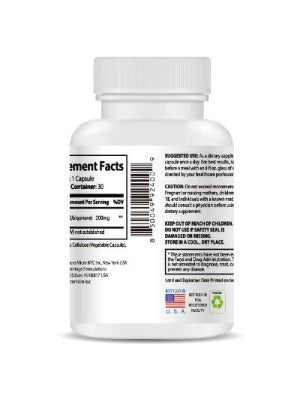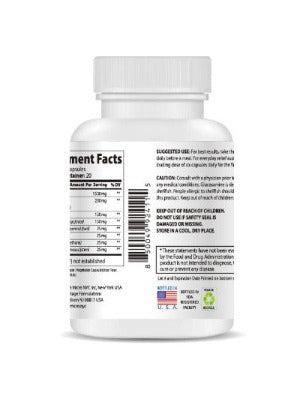Understanding the Dry Eye Experience
Dry eye disease, a prevalent condition affecting millions worldwide, is characterized by discomfort, irritation, and impaired vision. This discomfort isn't merely an inconvenience; it can significantly impact daily life, productivity, and overall well-being. The condition arises from an imbalance in tear production or evaporation, leaving the ocular surface inadequately lubricated and vulnerable to damage. Understanding the underlying causes and developing a personalized management plan is paramount to effectively addressing dry eye symptoms and improving eye health. This plan may encompass lifestyle modifications, environmental controls, and potentially the use of therapeutic products, such as Wise Quest Soothing Eye Patches.

Identifying the Root Causes of Dry Eyes
Before embarking on a management plan, identifying the contributing factors to your dry eyes is essential. While some causes are readily apparent, others may require a thorough evaluation by an ophthalmologist or optometrist. Common causes include:
- Meibomian Gland Dysfunction (MGD): This condition affects the oil-producing glands in your eyelids, leading to insufficient lubrication and tear film instability.
- Age-Related Changes: As we age, tear production naturally declines, increasing susceptibility to dry eyes.
- Environmental Factors: Prolonged exposure to dry air, wind, sun, and air conditioning can exacerbate dry eye symptoms.
- Medical Conditions: Certain autoimmune diseases, such as Sjögren's syndrome, and certain medications can contribute to dry eyes.
- Contact Lens Wear: Contact lenses can disrupt the natural tear film, especially if not properly cleaned and maintained.
- Screen Time: Excessive screen time leads to reduced blinking frequency, which can lead to insufficient tear distribution across the ocular surface.
Lifestyle Modifications for Dry Eye Relief
Implementing lifestyle changes can significantly impact dry eye symptoms. These adjustments focus on optimizing hydration, improving blinking habits, and managing environmental exposures. Here are some key recommendations:
- Hydration: Maintaining adequate hydration is crucial for overall health, including tear production. Aim for at least eight glasses of water daily.
- Blink Regularly: Consciously increasing blinking frequency, especially during prolonged screen use, is vital for proper tear distribution across the ocular surface. The 20-20-20 rule (every 20 minutes, look at an object 20 feet away for 20 seconds) can be helpful.
- Limit Screen Time: Excessive screen time contributes to dry eyes. Integrate regular breaks into your screen time routine.
- Omega-3 Fatty Acids: Incorporating omega-3 fatty acids into your diet can support tear film stability and reduce inflammation.
- Avoid Smoking: Smoking negatively impacts tear production and can worsen dry eye symptoms.
Environmental Controls to Minimize Dry Eye Irritation
Environmental factors can significantly contribute to dry eye severity. Modifying your environment can provide noticeable relief:
- Humidity Control: Dry air accelerates tear evaporation. Using a humidifier, especially during dry seasons, can help maintain optimal humidity levels.
- Air Conditioning and Heating: These systems often reduce humidity. Consider adjusting the thermostat or using a humidifier to mitigate the drying effect.
- Protective Eyewear: Shield your eyes from wind, sun, and dust with sunglasses and a wide-brimmed hat when outdoors.
- Clean Air: Minimize exposure to smoke, pollutants, and allergens, which can further irritate the eyes.
Therapeutic Options for Dry Eye Management
In addition to lifestyle and environmental modifications, therapeutic interventions can provide substantial relief from dry eye symptoms. Wise Quest Soothing Eye Patches offer a soothing and restorative approach. Harnessing the power of traditional Chinese herbal medicine, these patches target eye fatigue, dryness, astringency, redness, and swelling, promoting healthy blood circulation to alleviate discomfort and disease. They are designed to complement other dry eye management strategies.

When to Seek Professional Care
While many dry eye cases can be managed effectively with lifestyle modifications and home remedies, seeking professional care is crucial when symptoms are severe, persistent, or unresponsive to self-care measures. An ophthalmologist or optometrist can perform a comprehensive eye exam to diagnose the underlying cause of your dry eyes and recommend tailored treatments, including prescription eye drops, punctal plugs, or other advanced therapies. Early intervention is key to preventing long-term eye damage.
Maintaining Long-Term Dry Eye Management
Successfully managing dry eyes requires consistency and adherence to your personalized plan. Regular follow-up appointments with your eye care professional are vital to monitor your progress, make necessary adjustments, and address any new concerns. Remember, while dry eyes can be challenging, with proactive management and the right support, you can significantly reduce symptoms and improve your quality of life. Consider incorporating Wise Quest Soothing Eye Patches into your routine as a supplementary approach to enhancing comfort and reducing dryness.









